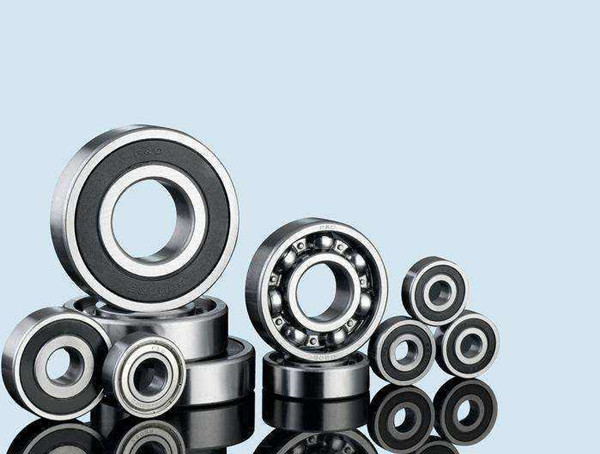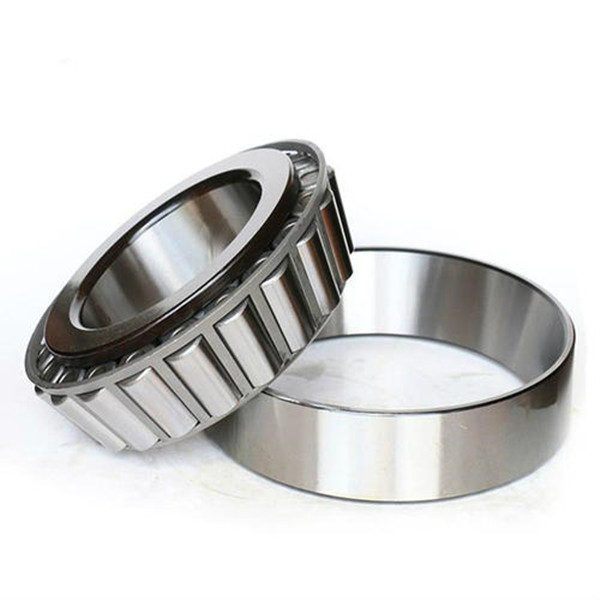The rolling bearing is mainly used in the following three parts in the machine tool: the main shaft, the ball screw, and the general transmission shaft. The accuracy of rolling bearing is generally divided into five grades: P0, P6, P5, P4, and P2. The accuracy of bearing used in the spindle of a precision machine tool shall be P5 and its higher level. For the spindle support of high-speed and high-precision machine tools such as CNC machine tools and machining centers, P4 and its higher-level super precision bearing shall be selected.
As the basic assembly of machine tool, the performance of spindle bearing directly affects the speed, rotation accuracy, rigidity, anti-vibration cutting performance, noise, temperature rise and thermal deformation of machine tool, and then changes the accuracy and surface quality of machining parts. Therefore, high-performance machine tools must be equipped with high-performance bearings.
The main shaft bearing for machine tools usually includes six kinds of structural types: deep groove ball bearing, angular contact ball bearing, cylindrical roller bearing, bidirectional thrust angular contact ball bearing, tapered roller bearing and thrust bearing. However, with the development of numerical control technology and the increasingly high requirements for processing speed, precision and environmental protection, the main shaft bearing of mathematical control machine tool is limited to four types of structure: angular contact ball bearing, cylindrical roller bearing, bidirectional thrust angular contact ball bearing and tapered roller bearing.
Later, with the higher requirements of bearing processing speed, bearing materials are also different, and ceramic materials gradually get people's attention. This is because ceramic materials (mainly Si3N4 engineering ceramics) have the advantages of small density, high modulus of elasticity, low coefficient of thermal expansion, wear resistance, high-temperature resistance, corrosion resistance, and other excellent properties, so they become the ideal materials for manufacturing high-speed precision bearings. However, from the current situation, it is challenging to process ceramic materials, so most of the precision ceramic bearings are ceramic rolling elements, and the inner and outer rings are still made of chrome steel hybrid ceramic ball bearings.

As a correct, efficient and sensitive transmission element, the ball screw pair should not only adopt high-precision screw, nut, and ball, but also choose bearings with high axial stiffness, small friction torque, and superior running accuracy. In the past, ball screw supports commonly used two-way thrust angular contact ball bearings, tapered roller bearings, needle, and thrust composite roller bearings, deep groove ball bearings, and thrust ball bearings. At present, the single row thrust angular contact ball bearing with a 60 ° contact angle is the most widely used ball screw bearing, and the accuracy grade is mainly P4 and above.
The rolling bearing installed on the broad transmission shaft is used for the machine tool. Its requirements and selection are the same as that of the general mechanical transmission bearing. It only needs to meet the requirements of strength and service life, and the speed does not exceed the specified limit speed of the bearing.

Hot Tags: